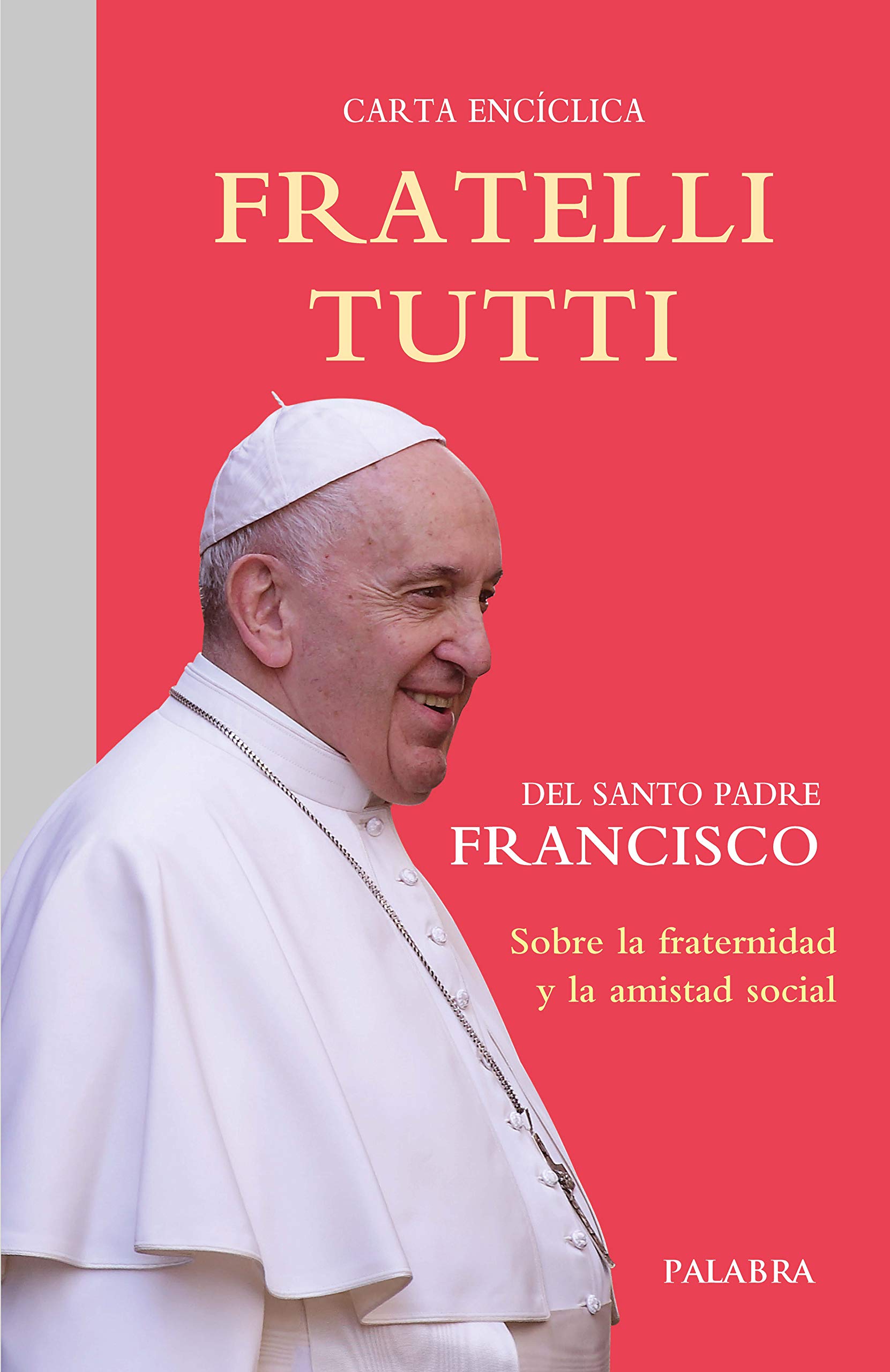Lesson 16: Eating Together
 Another mark of the church evident in the Gospels is eating together. Luke points to that in Acts when he describes the early church worshipping at the temple on the Sabbath and sharing meals with each other in their homes on Sunday.
Another mark of the church evident in the Gospels is eating together. Luke points to that in Acts when he describes the early church worshipping at the temple on the Sabbath and sharing meals with each other in their homes on Sunday.
That practice developed into the sacrament we know as the Eucharist, Lord’s Supper, or Communion. In traditional churches, it is the central act of worship that celebrates Christ’s presence with us. On the one hand, it remembers the Last Supper Jesus shared with his disciples. That meal acquired such great significance that John presents it as the culmination of the entire ministry. He uses 5 of his 21 chapters to describe it, including the foot washing, the love commandment, the prayer for the future church, and the promise of the Holy Spirit.
On the other hand, the meal serves as a foretaste of the feast to come in the beloved community. Jesus often described the coming Kingdom of God as a great dinner or marriage feast. The prayer, “Come Lord Jesus” can be read as an invitation to be present now but also as a cry to complete the redemption of the creation.
This seems a natural development as eating together is a central feature of the resurrection which enables the community to continue its fellowship with Jesus despite his execution. Just about every appearance has some reference to a meal. It happens in the Upper Room, Jesus asks for food, he prepares breakfast, he is known in the breaking of the bread.
This makes sense as eating together was also a central feature of Jesus’ ministry. The gospels are filled with him talking to people around a meal table. It might be with friends such as Mary and Martha or people who oppose him such as Simon the Pharisee. He invited himself to eat with unprincipled persons such as Zacchaeus, prompting accusations that he ate with sinners. He was also criticized for feasting rather than fasting based on incidents such as producing gallons of wine at a wedding in Cana.
All of this makes maintaining the meal quality of the sacrament important. Largely because of circumstances, this has been pretty much lost. A priest giving each person a small wafer of bread and a sip of wine promotes the idea of Christ feeding us. Two of the seven “I am” sayings, I am the bread of life and I am the vine, support this aspect. The feeding of 4000 people and supplying fish from the other side of the boat do the same.
However, we should be discussing actions that would also express Christ sharing a meal with us. That in many ways is the more powerful and creative meaning of the sacrament. Eating together is one of the chief ways we show love for one another. We celebrate special days or first dates with a big meal in which we share ourselves as well as our food. We should be seeing everyone around the table as beloved and leave inspired to spread that love with all those we encounter. Indeed, having experienced Christ’s presence at the Communion meal, our eyes and hearts should be open to see and experience him at all our meals.

 Frontline Study is an online discussion of the scriptures, inviting you to share your comments and your reflections on each weekly topic. Simply click on the "Add Reply" text at the top of each post to see what others have posted and to add your thoughts.
Frontline Study is an online discussion of the scriptures, inviting you to share your comments and your reflections on each weekly topic. Simply click on the "Add Reply" text at the top of each post to see what others have posted and to add your thoughts.
Recent Comments